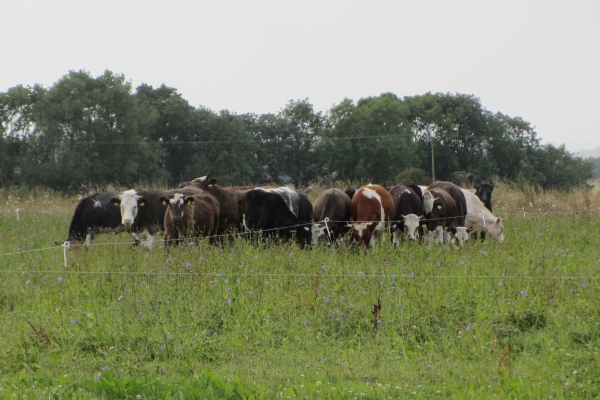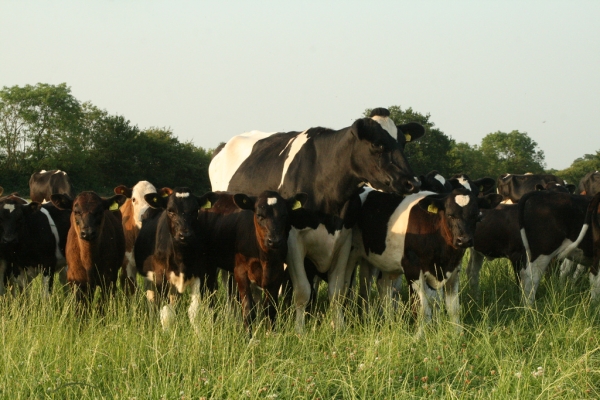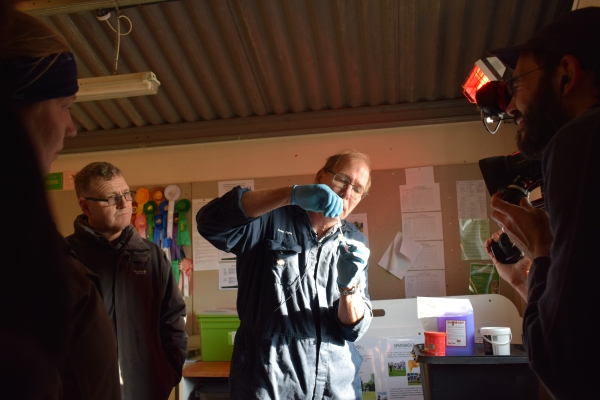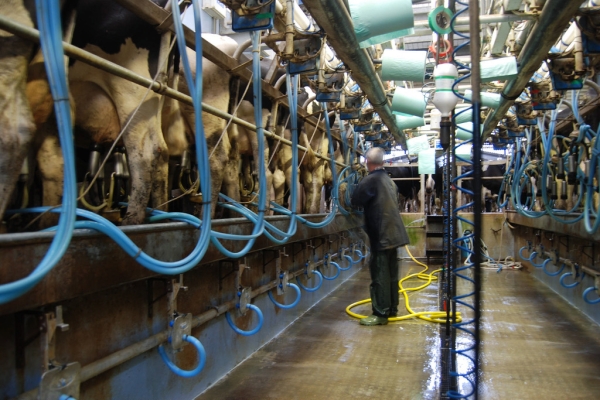Low-input antibiotic strategies: improving animal health & welfare
SOLID Farmer Handbook: Technical Note 7
Resource explained
With a focus on animal health, low-input farming systems aim to mitigate the use of antibiotics. The focus is on using various strategies to promote health and prevent diseases from taking hold, and a cautious and targeted use of antibiotics. This technical note produced as part of the SOLID project gives three examples of approaches to improving the herd. It summarises the results of three small projects involving farmers working closely with researchers on using herbs in grass – for grazing, hay or silage (Denmark); improving animal and herd health in a discussion group (UK), and on improving udder health through the use of a mint-oil ointment (UK).
Findings & recommendations
- Organic livestock management should focus on promoting health rather than mainly relying on veterinary drugs including antibiotics.
- Ensure the health of your animals by creating an environment that supports resilience and by minimising shocks and disturbances.
- Danish farmers have reported that introducing herbs in their cows’ forage (grazed and as silage) provides different tastes and potential micro-nutrients and minerals.
- Sowing herbs in strips can make re-establishment easier in a long-term ley and the cows seem to like grazing there. As survival of some herbs remains problematic, it may be better to focus on increasing naturally growing wild herbs rather than introducing herbs in seed mixtures.
- Working with other farmers can help develop practical approaches to reducing antibiotic use on your farms.
- The success of using a mint oil cream for the treatment of newly calved cows on four farms shows the potential of complementary therapy for reducing mastitis incidences.











